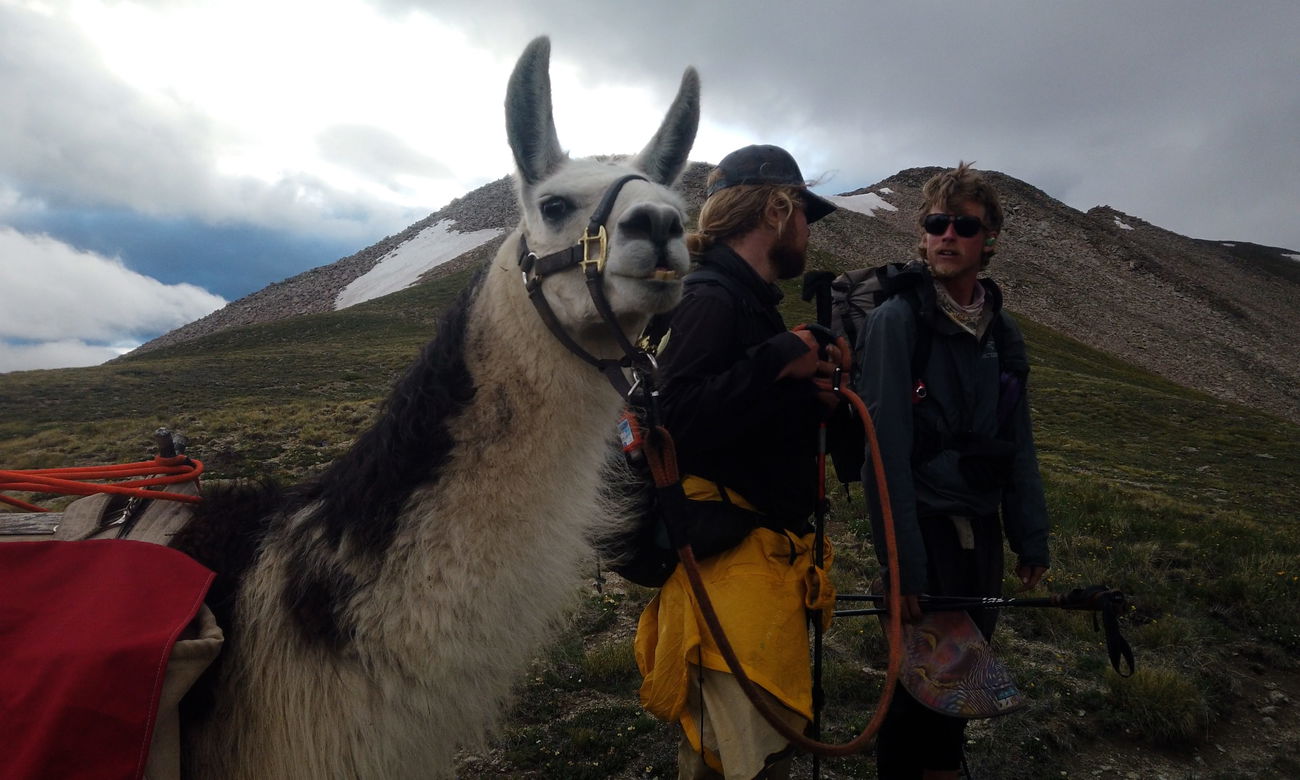

“Walking here from Mexico was easy!” said Tumbles, loud enough for the entire Walmart parking lot to hear, “The hard part is getting a ride up to Nathrop!” The hope, of course, was that someone would overhear, take interest and offer us that ride. We were in Salida, Colorado, nearly halfway through our thru-hike of the Continental Divide Trail. We had just restocked on food for the next stretch.
“You’re right!” I said, matching his volume, “We walked here from Mexico, now if only we could get up to Nathrop!”
Our trail family consisted of Tumbles, Cap’n Jack, Bugs, Sweet Tooth, and Janis Joplin—all trail names. Janis had a friend in Nathrop who’d offered to put us up. But he wasn’t available to pick us up, so we had to find a ride there ourselves.
“You walked here from Mexico?” asked a Walmart employee finishing her shift.
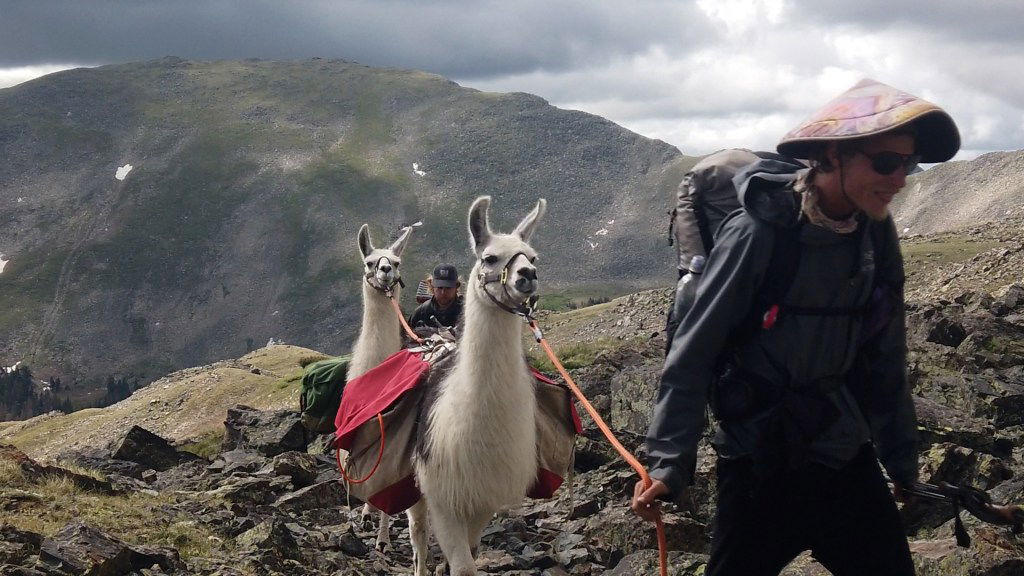
Minutes later, we were all piling into her car, and I can pinpoint this fateful car ride as the moment our journey with the llamas began. It was Tumbles who saw the sign. “Pack Llamas For Rent,” it read, with a phone number underneath. You should know, Tumbles is one of those people who gets an idea into his head and then can’t get it out. “I have to at least call,” he kept saying.
A couple days and that phone call from Tumbles later, we were setting off again, leading our two new camelid companions behind us, loaded up with our gear. Our llamas, Pete and Chavano, would prove to be some of the most interesting hiking buddies I’ve ever had.
If you’re ever in the market to rent out some pack llamas yourself—and I recommend it—here’s what we learned from our adventure.
Consider your needs
Any person or group struggling with heavy packs could benefit from a pack llama. The first people I ever encountered using pack llamas were an older couple in the Sierra Nevada. They had started taking llamas out with them because they were experiencing back pain and couldn’t carry weight like they used to.
Families looking for a unique wilderness experience could certainly find one in the form of pack llamas. They’re less popular among thru-hikers such as ourselves, because their walking speed tops out at around two miles per hour and they’re most comfortable doing about 10 miles per day. For our part, we didn’t mind a few low-mileage days with the capacity for the extra food they could help us tote.
For Tim, our llama guy over at West Elk Pack Llamas, the most popular demographic he rents to is hunters, for the utility of having two or three pack animals that can go just about anywhere you go, on trail or off, and carry at least 60 pounds of game each.

Pay attention in class
Whatever farm or service you’re renting your llamas from won’t send you out unprepared. In Tim’s case, this involves a class, about two hours long, simulating what it will be like at the trailhead when you start your hike. You’ll put their halters on, saddle them up and learn how to take care of them. You can familiarize yourself with the llamas you’ll be taking out, too. Pet them a little bit—and realize quickly they don’t like to be touched.
Tim made us aware, too, of what might make them fight us and refuse to walk. They could get something stuck in their feet, hurting their pads. You could also get on their bad side by saddling them incorrectly. The saddles are simple contraptions—padded where it rests on their backs, with spokes on top from which you’ll hang their panniers. Make sure you brush off their fur first so there’s no irritating debris, and when you’re tightening the straps underneath, ensure that the front strap is tight around your llama’s sternum rather than their stomach. This won’t be hard, as they have a big, rounded sternum you’ll be able to feel and which will bear most of the weight. When tightening the strap in the back, expect some llamas (Pete especially, he’s an ornery one) to kick at your hand in annoyance. You’re not hurting them, they just don’t like you messing around down there.
We also peppered Tim with questions.
What do llamas eat? Just about anything green. You’ll want to try to stake them among a diverse buffet of grasses, somewhere with minimal obstacles so they don’t get tangled up. You may bring a few food pellets, too, to supplement their diets.
When should we give them water? Just stop for a few minutes when you cross a stream and let them drink. They’ll let you know when they’re ready to go.
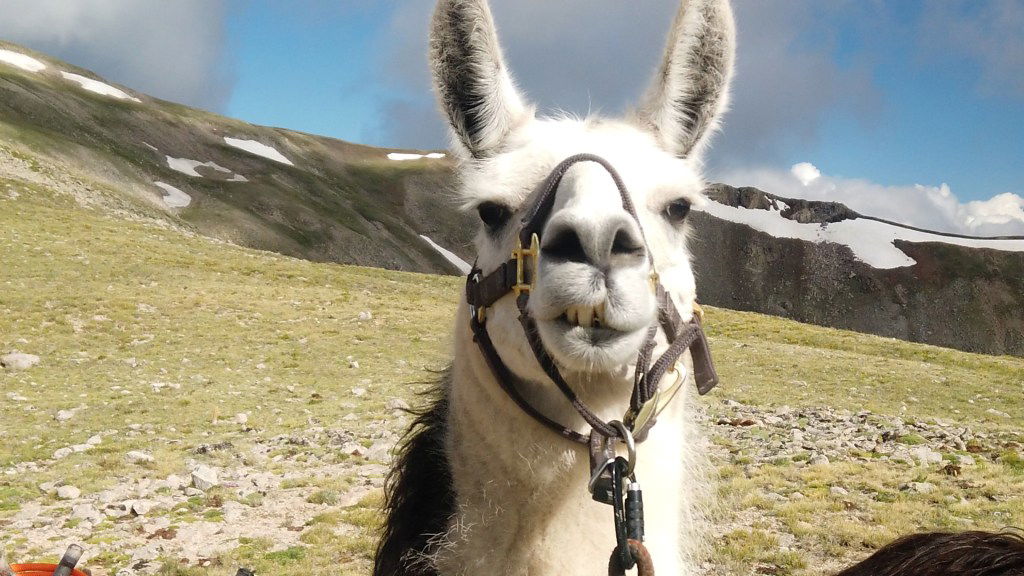
Why llamas rather than horses? Llamas, first of all, are smaller and easier to handle. Also, because they have padded feet rather than hooves, they don’t tear up the ground and are much more friendly to our alpine ecosystems.
Do they really spit? Yes, but mostly at each other.
Get to know your llamas
We were an interesting sight up at Monarch Pass. Imagine six hikers alongside two llamas, using hanging scales to repeatedly pick up the two side panniers so they weighed 30 pounds each. All of Tim’s adult male llamas can handle at least 60 pounds, but later in the season, after they’ve been packing for months and are in better shape, they could take 80 or 90. Besides not overloading them, it’s important to make sure the weight is equal on both sides.
Once we had our panniers packed and dialed in, we were off. We made it across the road, over our first small climb, and began cruising through a ski area. Then, the llamas began to dilly-dally. At first, they’d just stop for a few minutes at a time and eat some grass. Llamas are browsing grazers, so this is natural. We’d let them eat briefly, then pull at the lead, but they just never wanted to get moving again. The frequency and length of their stops became alarming later into the afternoon. “They love eating grass and they hate walking,” said Tumbles. It felt as though they were testing us, like they knew we couldn’t make them move. That first day, we made it about two miles total.

The next morning was a new, hopeful day, and Tumbles and I led Pete and Chavano away from our campsite and up towards the next small climb, which was a little exposed. They refused to go another step. We pulled on their leads and pleaded with them. They did not listen. Inclement weather appeared overhead, and we retreated down to a small copse of trees. The rain came and went, and we tried the hill again. They stopped again. Frustrated, at a loss, we realized we still had phone service and called Tim. His advice? “Tie ‘em together and slap ‘em on the rear.” Lo and behold, it worked.
Tying them together helped in part because llamas are social animals. You can’t rent just one llama; you need to take at least two out so they don’t get lonely. On the other hand, if one llama rebels, the other will follow suit. Certain llamas will prefer to be in front, some will do better in the back of the train (you should ask about that before you leave the rental place). It all depends on their temperament and the hierarchy between your llamas, but you can use them to motivate each other.
Respect your llamas
The llamas cooperated a little more after that first day, but they still fought us for every mile. I wondered why. By the end, in the last two miles of our trip, with nothing but downhill left before us, Chavano sat down and would not get back up. Even the more even-tempered of the two had decided he would not go another step with us. We sat with him and Pete, helpless and exposed on a ridge, as rain clouds gathered above us once again.
We double-checked, triple-checked their saddles. We tried to negotiate with them and made sure they had enough rest and food and water. But I wonder if our default walking pace was a little too fast for them; that could have frustrated them further.
Finally, Tim hiked two miles up to bail us out and drag Chavano down the mountain. We were moving just as the rain came. He couldn’t find much we had done wrong. The panniers were hanging a little low on Chavano, swinging and annoying him, which could have contributed. I felt a little bad that we hadn’t realized, but Tim said that isn’t often such a big problem.
In catching up with Tim for this article, I asked what he thought. He said it might have come down to Pete and Chavano simply not liking each other. He told me he’d worked with them a little bit after our trip, and they just don’t get along. Even on the farm, he says, some llamas just get on each other’s nerves and get into literal spitting matches. He also thinks their frequent stops had something to do with where we were hiking, in the Collegiate West, and the amount of time we spent above the tree line. Llamas have incredible eyesight, and they’re naturally inclined to guard livestock and to be on alert at all times. So, when they were walking a ridge with us and spied movement down in the valley, it probably spooked them, and made them not want to walk. Still, if I could go back and do it again, I’d do so with a little more patience.
Embrace the joy
Even with Pete and Chavano’s acts of rebellion, “The Llama Story” is perhaps the best trail story I have. When they wouldn’t walk, and we were forced to just sit and hang with them for a while, it was still a joyful experience to be out in the mountains with such strange and unfamiliar creatures. There’s a lot of variables that come with bringing live animals out into the backcountry with you, and Tim tells me our trip was the one that had the most trouble that season. He’s sometimes shocked at how complete strangers can come and pick up a couple llamas, take them out hiking and have a fantastic time.

Tim has an interesting perspective on this. Despite being a younger, generally healthy guy, in May 2020, he suffered a stroke. He’s recovered well, and in that short amount of time, he’s learned a lot about life. We spoke about the value of one’s ability to go out and play in the mountains. He’s hoping to branch out soon into guided trips and coaching for folks going through difficult times.
Of course he’s going to incorporate the llamas—yet another use for them. “You can be really down,” he said, “But just open your eyes and kind of look at your surroundings.” How lucky to be able to open them and see an animal as funny and gentle as a llama!
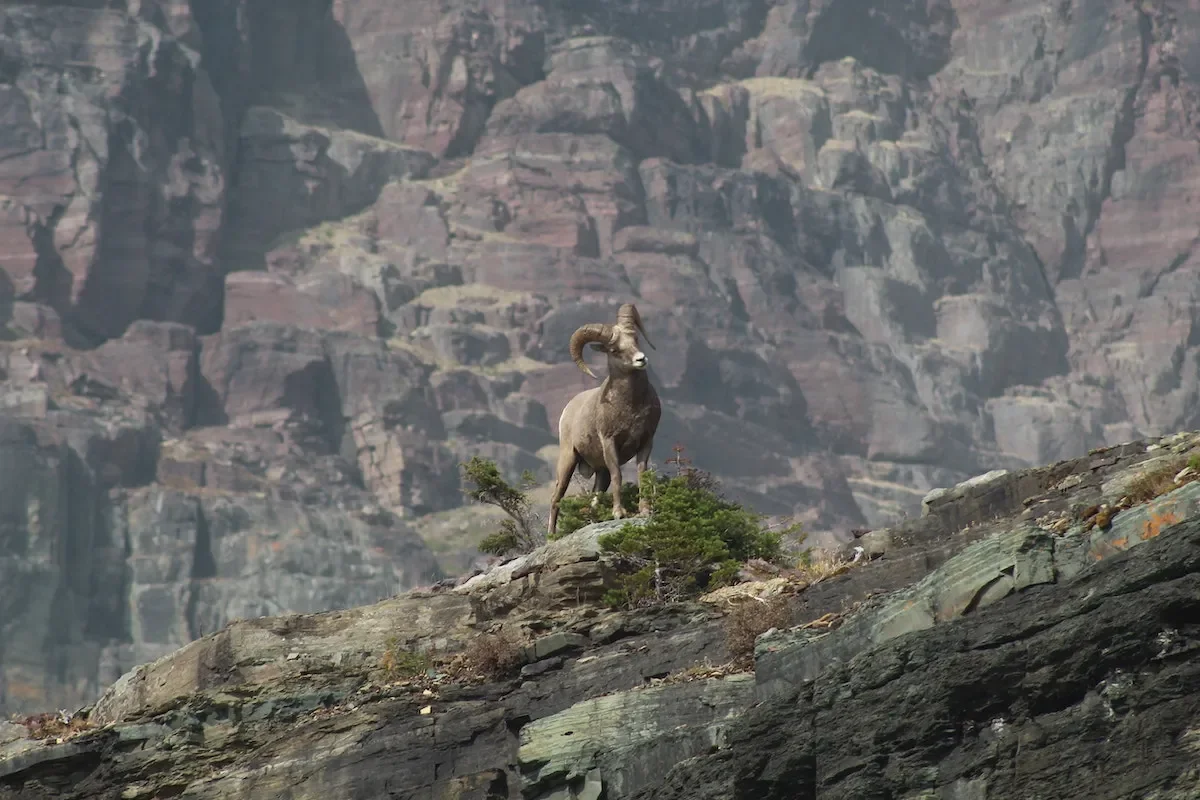





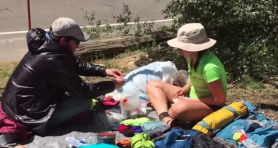
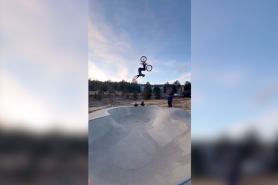
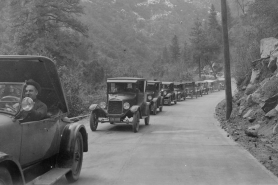

Loved this article!
A wonderful article on a subject I know little about, but it was very informative and left me wanting to try the experience. -Michael T.
Great article. I really enjoyed the tiny bit about the older couple that uses Llamas, makes me think of all the different ages & types of people that do these types of hikes.